Summary
Twenty six graziers were interviewed using both quantitative and qualitative survey techniques in order to describe the practice and ascertain why graziers made the decisions they did in relation to controlled breeding, and what were the main influences on these decisions. Results suggest that there is great diversity in the way in which graziers practice controlled breeding. Results also suggest that many social aspects of resource dependency (attachment to place, attachment to occupation, family dependents and employability) were poor influences on the decision. However, both formal and informal networks were identified as important influences on the decision to control breed.
Economic aspects of resource dependency (financial characteristics and approach to business) were highly correlated with the decision to control breed. That is, graziers that used controlled breeding in their herds (or aspects of the practice) demonstrated increased strategic skills in their business approach and were mostly financially motivated. All graziers that employed the practice said that they could forecast their annual income more efficiently. Many of the graziers who chose not to control breed had less financial incentive to look at new practices and technologies since they had little or no debt.


